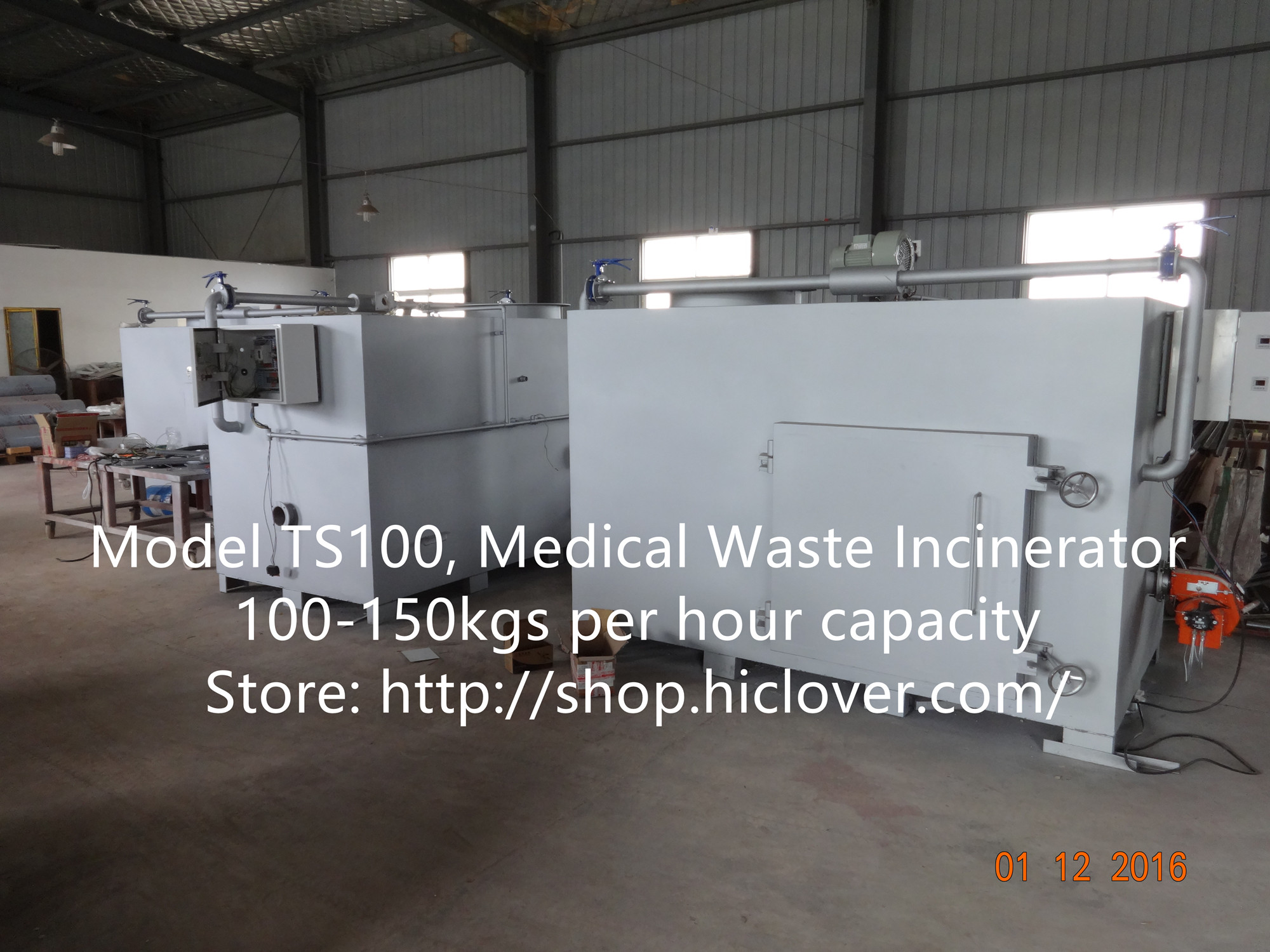Waste incineration has been a heated topic for many years, as it is seen as both a solution to the growing problem of waste management and a potential contributor to environmental pollution. Like any method of waste disposal, incineration comes with both pros and cons, and it’s important to navigate these factors before deciding on its implementation.
First, let’s explore the pros of waste incineration. One of the most significant advantages is the reduction of the volume of waste. When waste is incinerated, it is reduced to a much smaller volume, allowing for more efficient storage and disposal. This is particularly important in densely populated areas where land for landfill sites is scarce.
Another advantage is the potential for energy generation. Modern waste-to-energy incinerators can produce electricity and heat by burning waste. This power can be used to supply energy to the local area, reducing the need for fossil fuel-based energy sources and lowering greenhouse gas emissions.
Additionally, waste incineration can be a suitable method for disposing of hazardous waste. Certain types of waste, such as medical and industrial waste, can be safely and effectively disposed of through incineration, reducing the risk of contamination and pollution.
On the other hand, waste incineration also comes with its share of cons. One of the most significant concerns is air pollution. Incineration releases various pollutants, including greenhouse gases, heavy metals, and dioxins, which can have detrimental effects on air quality and public health if not properly controlled and managed.
Furthermore, the residual ash from incineration contains toxic substances that require careful handling and disposal. If not managed properly, this ash can pose a risk to the environment and public health.
There are also concerns about the potential impact of waste incineration on recycling rates. Some argue that incineration may discourage efforts to reduce, reuse, and recycle, as it provides an easy and efficient way to dispose of waste.
When considering waste incineration as a waste management option, it’s crucial to weigh these pros and cons. Implementing strict emissions controls and employing advanced technologies can help mitigate the negative impacts of incineration on the environment and public health. Additionally, integrating waste-to-energy systems can maximize the benefits of incineration by generating renewable energy.
It’s also essential to continue promoting and investing in waste reduction and recycling efforts to minimize the volume of waste that needs to be incinerated. This can help strike a balance between the benefits and drawbacks of waste incineration and contribute to a more sustainable and effective waste management system.



